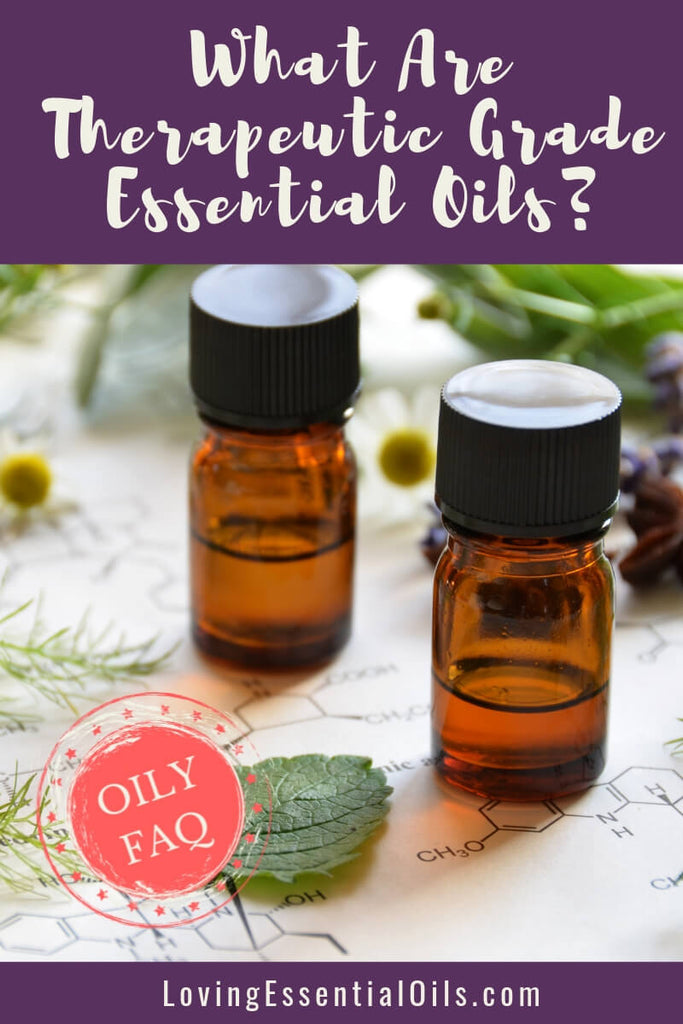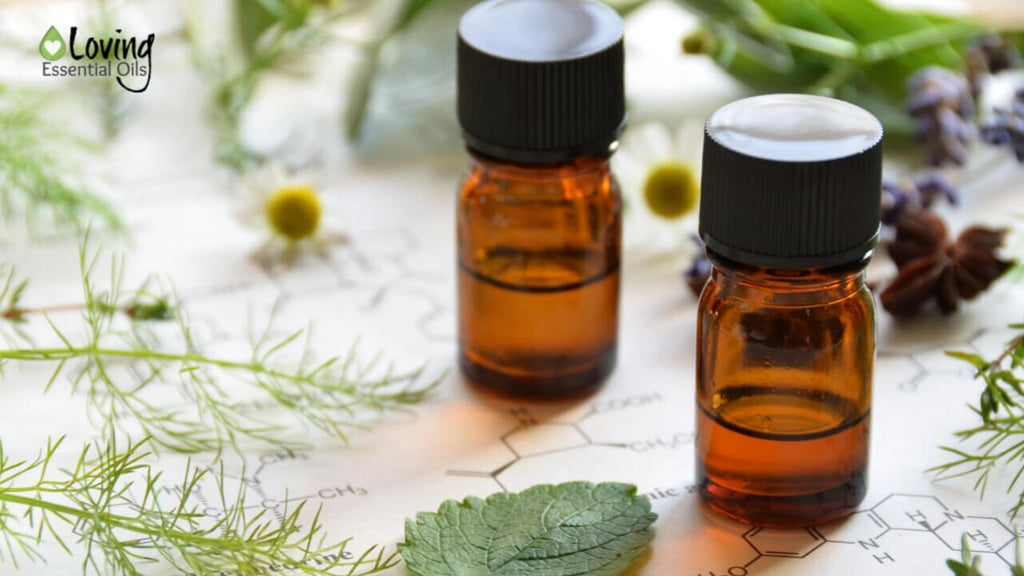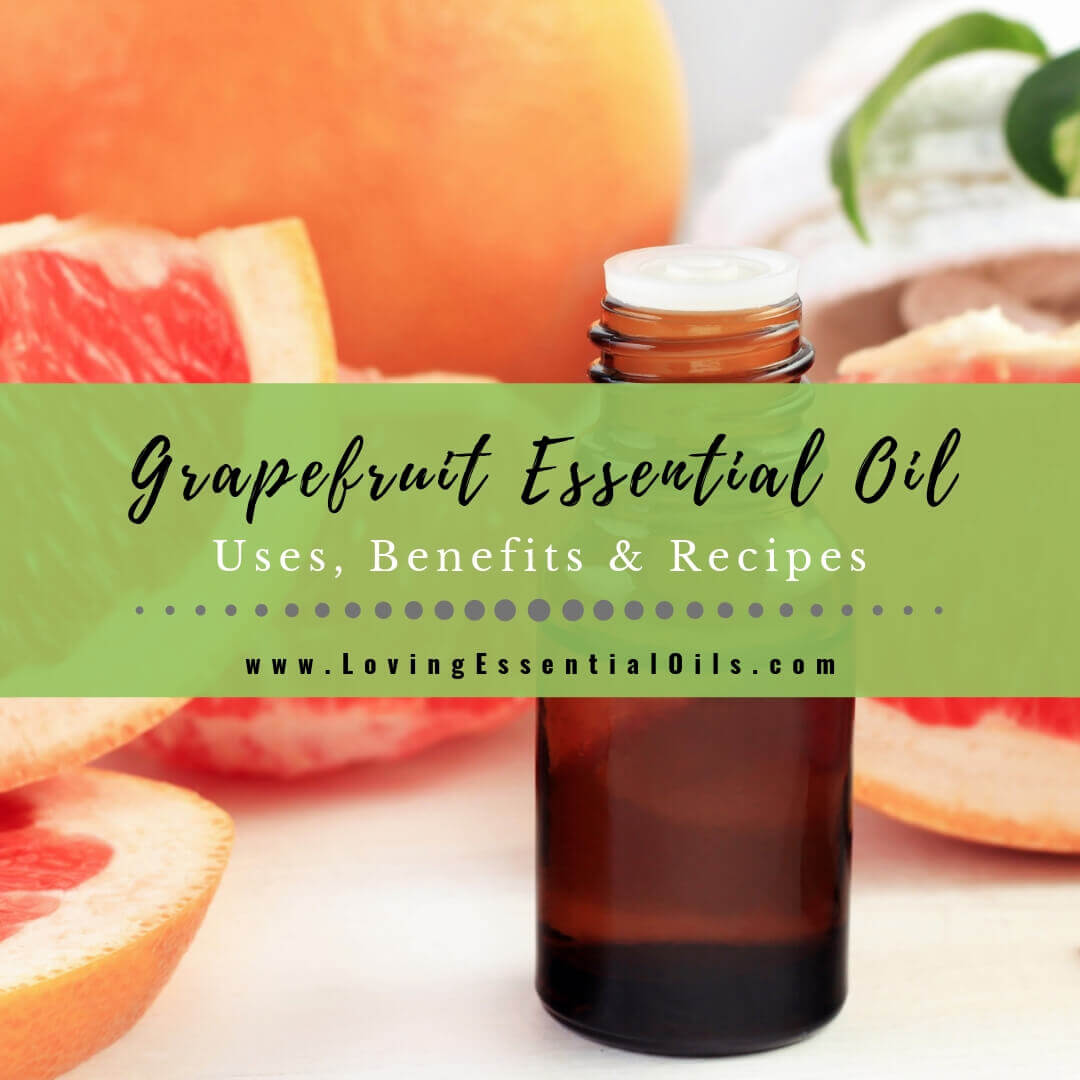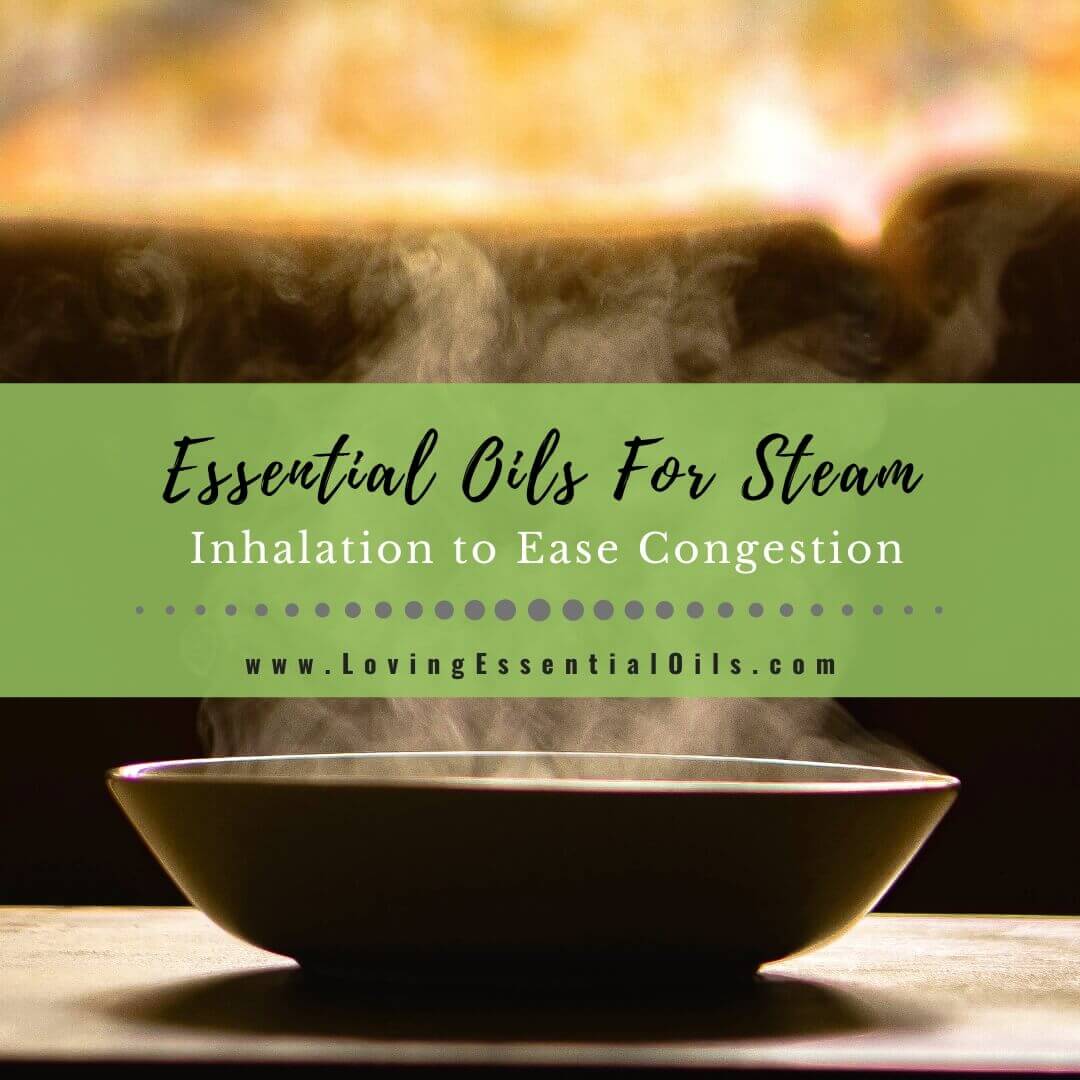Therapeutic essential oils. Therapeutic grade. Certified pure therapeutic grade. What in the world does all this mean? Do essential oils need to be labeled as therapeutic in order for them to work?
If you look the word therapeutic up in the dictionary, you’ll find that it’s defined as “relating to the healing of disease”. You’ll also find synonyms such as healing, restorative, health-giving, and beneficial.
Isn’t this what we expect from using essential oils? So, why are some labeled as therapeutic and others are not?
What Are Therapeutic Grade Essential Oils?
First, let’s clear something up. All essential oils are therapeutic by nature.
When you use an essential oil, you’re going to receive a benefit from it. It’s what essential oils are, and it’s what they do. Some common reasons people use essential oils and aromatherapy include skin care, fatigue, insomnia, massage, relaxation, tension, uplifting, natural remedies for children, chronic pain, and more!
When you use a drop of Eucalyptus essential oil for sinus discomfort, it’s going to work whether the bottle it came from says it’s therapeutic or not.
When you see oils labeled as therapeutic grade or certified pure therapeutic grade, what you’re seeing could be a clever marketing tactic. There are no certifying bodies that govern essential oils, and there’s no entity that determines whether an oil is considered therapeutic or not.
Again, all essential oils are therapeutic by nature.
Therapeutic Grade vs Certified Pure Therapeutic Grade
In an article written for NAHA, the National Association for Holistic Aromatherapy, renowned aromatherapist and co-founder of the New York Institute for Aromatic Studies, Jade Shutes states that the word therapeutic was not used in the aromatherapy world until sometime in the 1990s.
She goes on to state that it was a marketing department that started using the term to make buyers think that only a certain company’s essential oils had therapeutic benefits, while other company’s oils did not.
CPTG Essential Oils
Further in the article, Shutes goes on to talk about the term Certified Pure Therapeutic Grade (CPTG) – the designation used by doTERRA. She talks about how this term is nothing more than a marketing gimmick and that the only thing it really means is that doTERRA has paid a fee to register CPTG as a trademark.
You can see the “registered” mark on any bottle of doTERRA essential oil right beside the words Certified Pure Therapeutic Grade.
Many associated with doTERRA claim that this is a designation from the FDA because they have FDA compliant labels on their essential oil bottles. This simply isn’t true.
doTERRA does have FDA compliant essential oil labels on their bottles, but this is only because doTERRA is promoting their oils as supplements and are such, including supplemental facts on their bottles.
Essential oil regulation is not within the scope of the FDA, and quite frankly, I hope that it never is.
List of Essential Oil Marketing Terms
Many marketing buzzwords don't really mean anything. This is a list that contains meaningless marketing lingo for essential oils, which has not been endorsed by any governing body.
- Therapeutic grade essential oil
- Pure certified essential oil
- Food grade essential oil
- Pharmaceutical grade essential oil
- Seed to Seal
- Premium essential oil
- CPTG oil
Diffusing Essential Oils for Therapeutic Benefits
Diffusing essential oils is one of the most common ways to use them. There are many types of diffusers. Ultrasonic diffusers (aka cold mist diffusers) are my favorite because they don't heat oil like other diffusers. This diffuser retains all the oils' therapeutic benefits when it diffuses the oils into the air.
Oils can be used in many ways, including one-off or as a whole to improve the air quality, increase mood, reduce anxiety and add scent to a space. Diffusing oils is a popular practice for many reasons.
Read More: Diffusing Essential Oils

Purchasing Therapeutic Essential Oils
The truth of the matter is, when it comes to an essential oil being therapeutic, purity is your main concern. If you’re using a pure essential oil, free from fillers, etc., then you can expect a therapeutic benefit from that oil.
So, what does this all mean for someone that’s looking to purchase essential oils? Quite frankly, it just means you don’t need to be concerned with whether the bottle you’re looking to buy is marked as therapeutic.
Instead, you’re going to want to just make sure you’re buying your quality essential oils from a reputable company that offers GC/MS results for their oils. Mainly, you’re looking for purity.
Trust The Oil Brand
Choose companies that you would like to do business with when purchasing essential oils. They should focus on accurately representing the products they sell and backing them up with testing.
Properly labeling products, MS/GC reports should always be available and employees should be well-informed.
These companies should also support education efforts and safe use guidelines provided by industry groups such as NAHA or AIA. Companies with an environmental ethics should avoid selling endangered species and be committed to sustainable plant collection.
What to Look for on an Essential Oil Bottle's Label?
A quality essential oil bottle should contain the following items:
1. Both the Latin and common names on the essential oil bottle
- German chamomile is, for example, Chamomilla Recutita or Matricaria Recutita. This should not be confused for Roman chamomile, whose Latin name was Anthemis nobilis. Sometimes essential oils can contain more than one species of plant.
2. Plant part (or parts) the essential oils were taken from
- These could be the seeds, flowers, cones and leaves. There could be many different aromas or chemistry in different parts of a plant. Consider the aroma profile of orange trees (Citrus sinensis) versus their blossoms or fruit. If this information is not on the bottle, it should be found on the company website or the product page you are buying from.
3. Extraction method used
- Was essential oil steam-distilled, cold-pressed or solvent extracted? If this information is not on the bottle, it should be found on the company website or the product page you are buying from.
4. Plant origin
- It is important to list the country of origin. Again, this information may not be on the bottle but it should be found on the company website or the product page you are buying from.
5. Pre-dilute essential oil?
- Rose, neroli, and jasmine essential oils are more likely to be diluted due to the high cost of each bottle. Jojoba, fractionated coconut oil, and sweet almond oil are all common dilution oils. An expensive oil will be less expensive if it is diluted in carrier oil. Make sure you are aware if you are purchasing a diluted bottle of essential oils as the cost should be lower.
6. Company information
- Bottle should include company name, website address and country/city of origin, and any safety/usage guidelines. Date and batch numbers from manufacturing.
7. Is the product organic?
- The product should be identified with an organic logo if it is certified organic.







